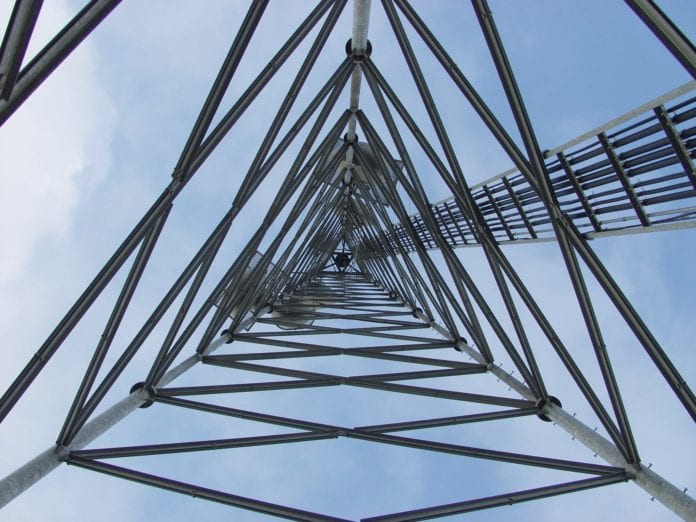China Tower’s business in the first half of 2020 was positively impacted by the acceleration of 5G deployments in China, the company said in its earnings release.
The telco said that a total of 215,000 5G sites had been constructed in the first half of the year.
Net profit grew 16.9%year-on-year to CNY2.98 billion ($428.4 million) while operating revenue climbed 4.8% to CNY39.79 billion.
As of the end of June 2020, China Tower managed 2.01 million tower sites, representing an increase of 21,000 compared to the end of 2019, while the total number of tenants increased 1.2% to 3.12 million.
“In the first half of 2020, given the scaling construction of 5G networks and the demand for in-depth 4G network coverage, we continued to promote resource sharing through full utilization of existing resources and stepping up our efforts to acquire more social resources. This would serve to increase our operational efficiency and create more collaborative value. During this period, 97% of 5G construction demand from telecommunications service providers was satisfied through the sharing of existing resources,” China Tower said in a statement.
Tower business revenues grew by 1.6% year-on-year to CNY36.37 million, while sales from the trans-sector site application and information (TSSAI) business grew by 49.9 year-on-year to CNY1.26 billion.
China Tower’s DAS revenue for the first half of the year amounted to CNY1.72 billion, up 37.2% year-on-year. Its DAS business increased in-building coverage by 63.4% to 3.12 billion square meters. Coverage of subways and high-speed railway tunnels increased 55.2% and 39.9% to 4,827km and 6,122km respectively, the company said.
China Mobile as a customer contributed 50.7% of total revenue, China Telecom 23.7% and China Unicom 21.9%.
“Looking to the future, given the ongoing implementation of China’s ‘Cyberpower’ and ‘new infrastructure’ strategies, the construction and deployment of 5G networks will continue to accelerate. As a telecommunications infrastructure service provider, the company is looking to capture new market development opportunities, continuously uphold its strategy of resource sharing and maintain high-quality growth,” said Tong Jilu, China Tower’s chairman.
China Tower was formed in 2014, when the country’s mobile carrier China Mobile, China Unicom and China Telecom transferred their telecom towers to the new company. The three telcos decided to create the new entity in a move to reduce redundant construction of telecommunications infrastructure across the country. China Mobile, China Unicom and China Telecom currently own a 38%, 28.1% and 27.9% stake respectively. State-owned asset manager China Reform Holding owns the remaining 6%.
Chinese operators are expected to build 800,000 5G base stations and have more than 200 million 5G subscribers by the end of 2020, Yang Chaobin, president of Huawei’s Wireless Network Solutions unit, said during a recent industry conference.
The executive said that 5G subscribers in China would represent 70% of the global subscriber base by end-2020.
China now has 400,000 5G base stations and 100 million 5G users, said Yang.

